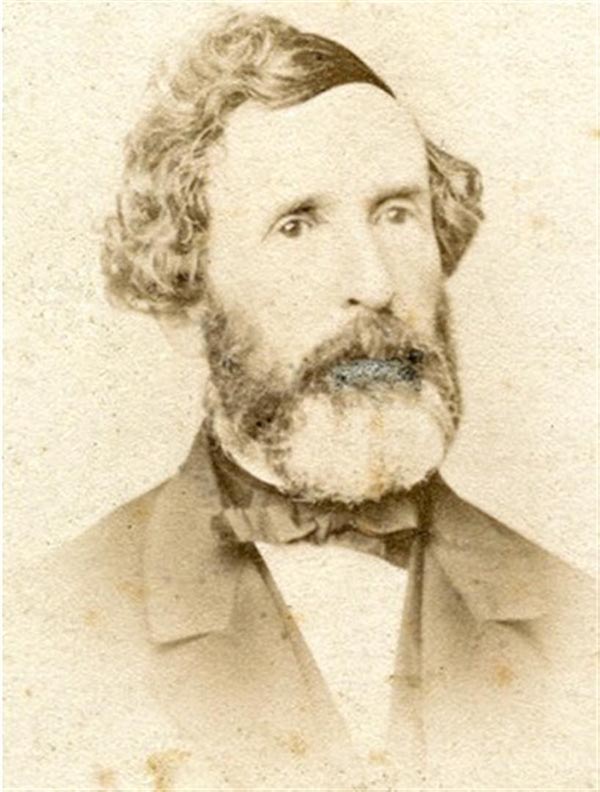James Smillie (November 23, 1807 - December 4, 1885) was a Scottish American artist and engraver. Born in Edinburgh, Scotland, Smillie first immigrated to Quebec, Canada, with his family in 1821 at the age of 14 and soon joined the family engraving business. He returned to England in 1827 with a desire for further training as an engraver, eventually ending up back in Edinburgh where he studied with Andrew Wilson, purportedly a mediocre engraver, with whom he studied for six months. Smillie visited New York City in 1829 and, finding a demand for his skills as an engraver, moved there in 1830. He had established himself in New York City by 1831 as an engraver of American landscape paintings, as well as engraving banknote vignettes. This reputation led him to work for the American Banknote Company. By 1847, at the age of forty, Smillie was one of the preeminent landscape engravers in the United States. In 1883, at the age of seventy-five, Smillie wrote his autobiography, entitled A Pilgrimage, which recounted his life and more than sixty year career. In 1832, Smillie married Catherine Van Valkenburg, with whom he had two sons, James David and George Henry. Both James and George later became artists.



